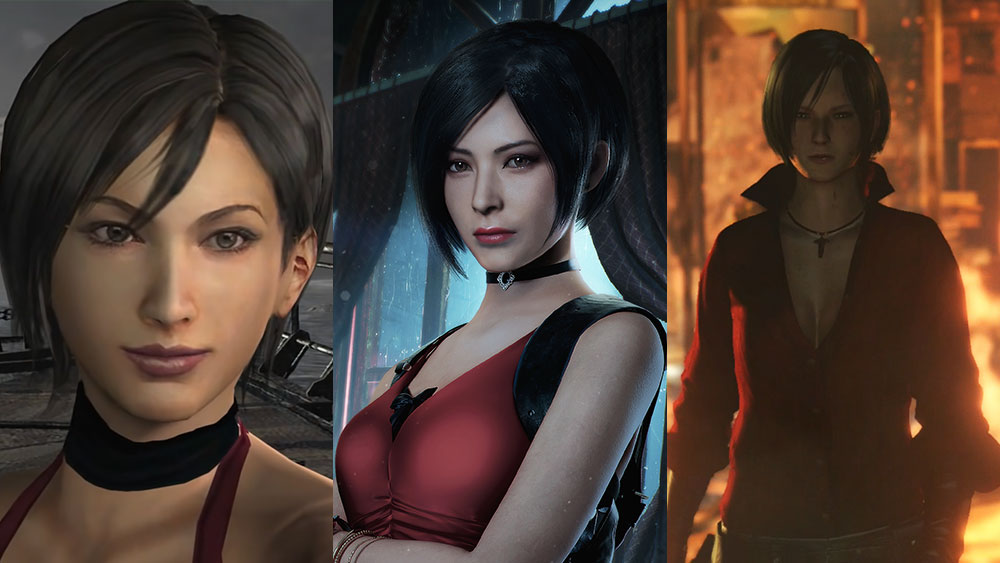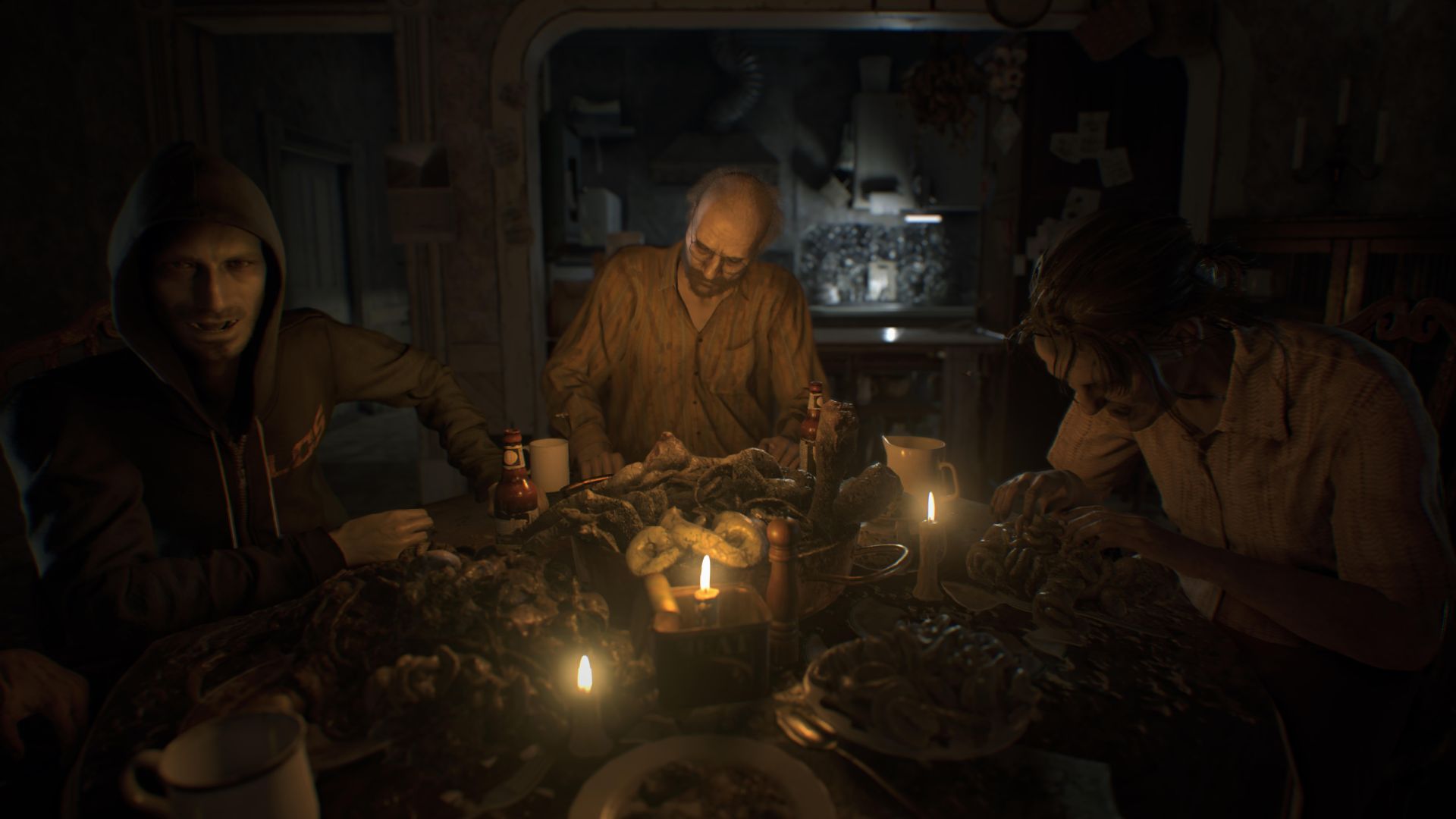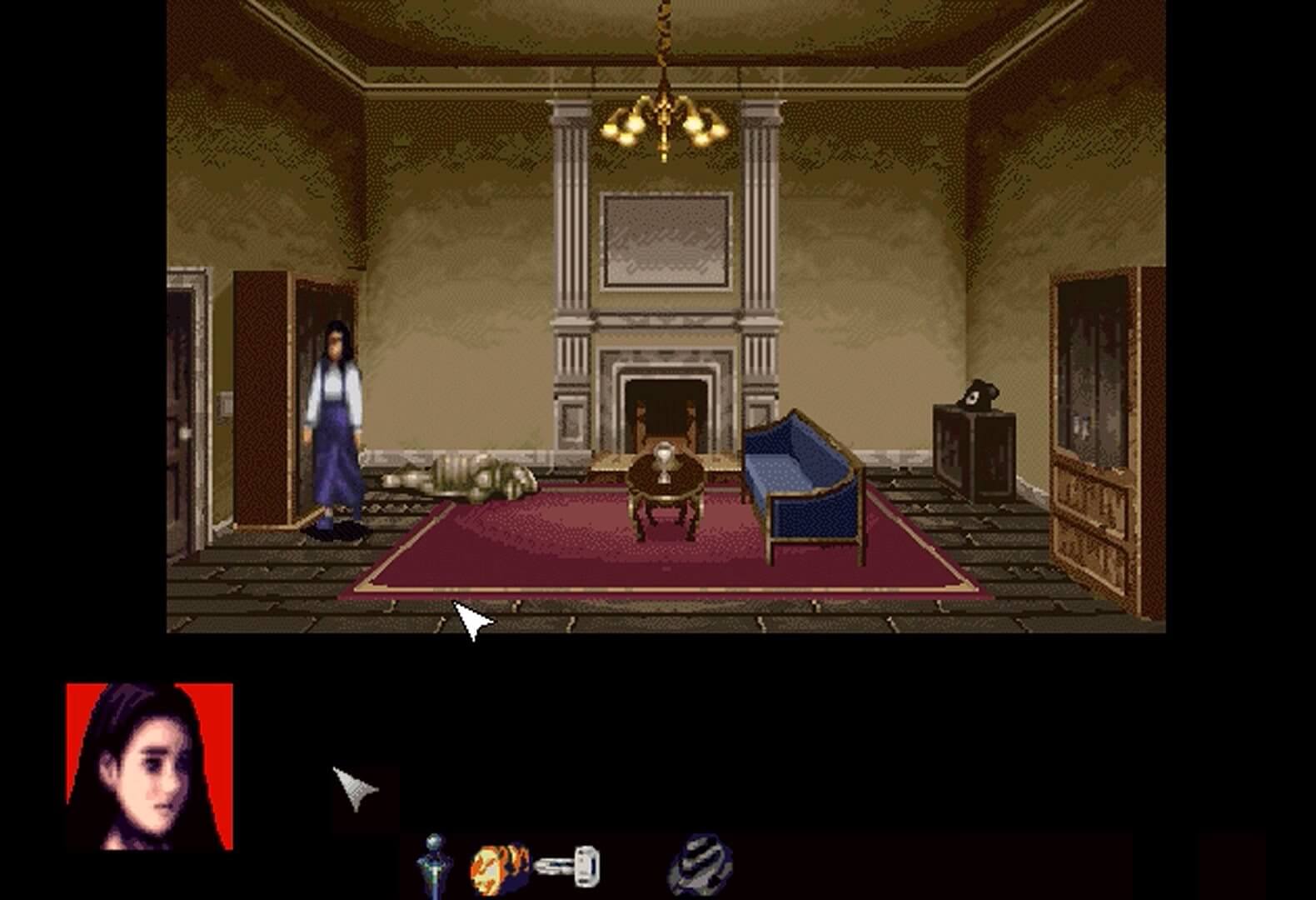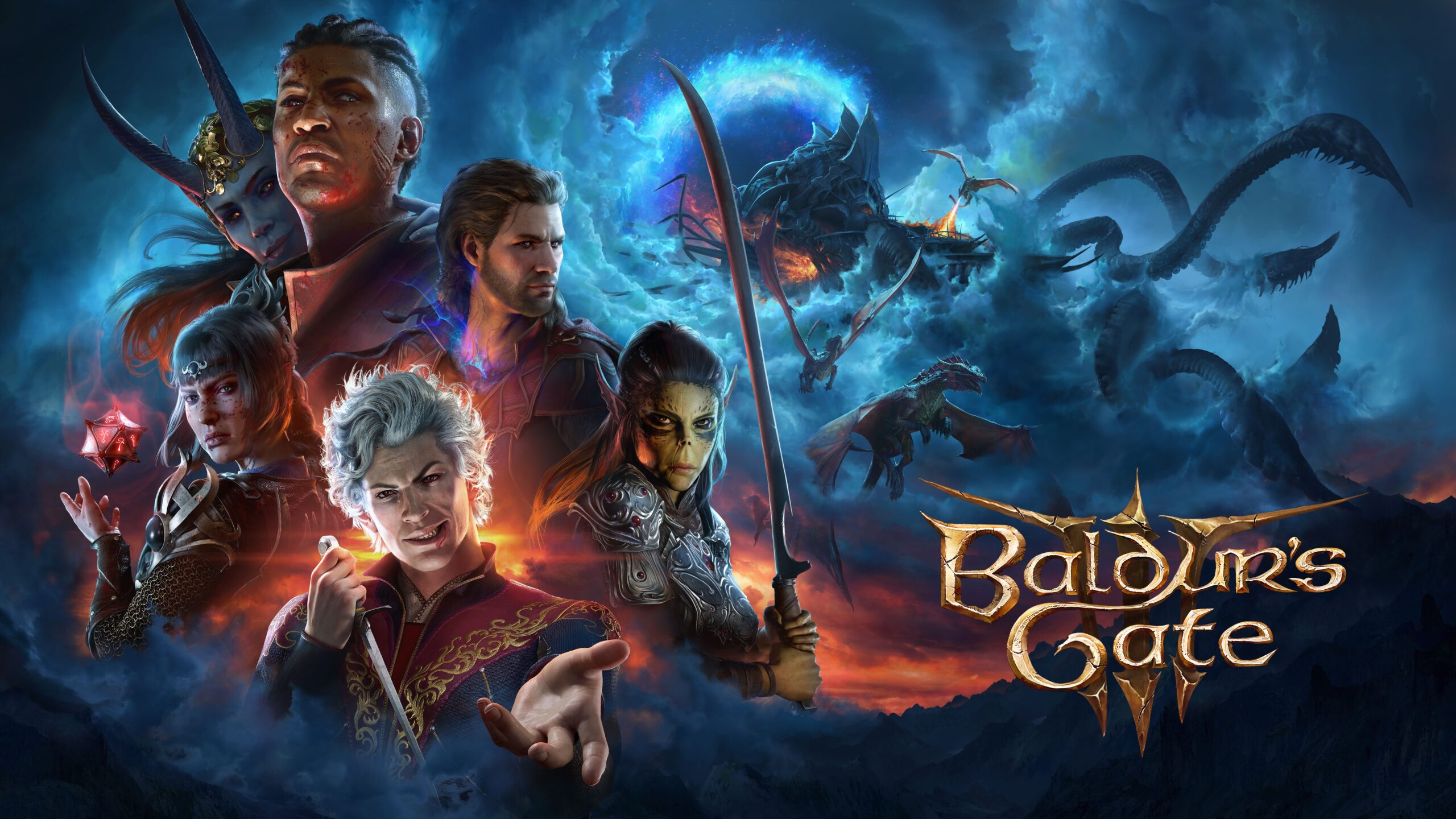
Image Source: Capcom
The Shortness of Horror Game Demos Makes Them All the Sweeter
The horror genre has carved out a substantial space for itself in film, literature, and of course, video games. It’s known for its rules and tropes like any other genre, but horror is also defined by its greatest sins and the struggle to avoid common blunders in spinning spooky stories. Perhaps the biggest sin of horror in any medium is pulling the curtain back too much and demystifying the terror that was first instilled.
We’ve all seen scary movies that were truly terrifying in the first half but that had a weird twist ending or just fell flat. In the case of games, the initially frightening can become mundane and routine as your character grows stronger or gains new abilities. We’ve also seen some horror power houses like the Resident Evil series grow more towards action adventure in genre over the years in a departure from early entries. There’s been some course correction there with the frankly disturbing events witnessed by Ethan in Resident Evil 7: Biohazard and Village, but there’s no doubt that the approach to horror in games has shifted dramatically over the years.

I have a long history with Resident Evil. In fact, Resident Evil: Directors Cut is the first game I remember playing when I was just four years old. It was initially my dad’s game, but he would let my older siblings and me play with him, until eventually we were playing more often than he was. Possibly even more significant in my journey with horror, however, was Resident Evil 2. Really, it was just the preview, which came on its own demo disc alongside our copy of Director’s Cut. I must have played that demo at least twenty times, fighting my way through the same zombies in Racoon City and solving the same puzzles all to get to the same mesmerizing end scene: a gunshot whizzing past me and then a mysterious woman in a red dress and heels walking my way with intention.
Now I know that woman was Ada Wong, a character I would grow to adore in my continued engagement with the Resident Evil series as an adult. But my siblings and I used to argue about who the heeled woman could be. Was she there to help us or hurt us? Was she a character we knew from the first game or someone entirely new?

The suspense created by the truncated version of Resident Evil 2, where I was denied answers to questions I spent many playthroughs obsessing over, was more effective than many fully fledged games I would go on to play.
Demo discs were a somewhat ethereal entity in my household growing up. They often seemed to materialize out of thin air or to come to us through peculiar avenues, like cereal boxes. Most of the other games my siblings and I played were procured with great intention, like a new title in a long-favorite series such as Pokémon or Harvest Moon, or by dumb luck in the case of games we picked out intuitively at Hollywood Video or the clearance bin at Best Buy—this method brought us treasures like Tales of Symphonia and Elder Scrolls: Morrowind.
But as much as I loved demos, I was a pretty ineffective target audience in the traditional sense, given my general inability to find or purchase many titles. Instead of being enticed to buy the full versions of the games they came from, I treated the demos as complete games in their own right. This made them feel more like flash fiction stories than novels, and the shorter lengths lent themselves particularly well to horror.

Next to Resident Evil 2, my favorite demo growing up was for Clock Tower. To this day, the demo is the only exposure that I’ve had to the Clock Tower series. You play as a young woman named Jennifer as she tries to escape a man with a giant pair of scissors. Instead of allowing you to play up to a certain moment in the story like the preview for Resident Evil 2, the Clock Tower demo runs for exactly ten minutes.
Clock Tower’s timer ticking down the seconds at the top of the screen was just another danger in the game and was almost as panic-inducing as the man chasing me around trying to cut me in half. No matter how terrified or frustrated I was after being killed or running out of time, I always felt the urge to try again.
Successful horror gets its audience to ask questions and spin theories. It takes up space in their minds and continues to unsettle them after they’ve left the engagement. It has them going over all the what-ifs of how things might have gone differently. I wondered what would happen to Jennifer if I could hide better or run faster. I wondered if I could understand the meaning of the crying statue, or if I could find some kind of weapon for Jennifer to protect herself with. Each dive back into the game was a commitment to answering these questions, despite my shaking, sweaty hands on the controller.
While the broader approach to crafting horror in games has changed in the two decades since my demo days, the sins of bad horror have remained potent. It’s easy to unmake fear by revealing the not-so-scary reality under the monster’s mask. But horror demos, particularly those self-contained on an unchanging CD, are practically incapable of showing too much. By their very nature, they leave you suspended in a state of anticipation and curiosity, always wanting just a little more than you’re going to get. I still think more about a ten-minute horror demo over twenty years later than I do any horror game I’ve played since.
Being incomplete is what makes demos so powerful. At the end of the day, is there anything more frightening than the horror of the unknown?






1 thought on “The Shortness of Horror Game Demos Makes Them All the Sweeter”